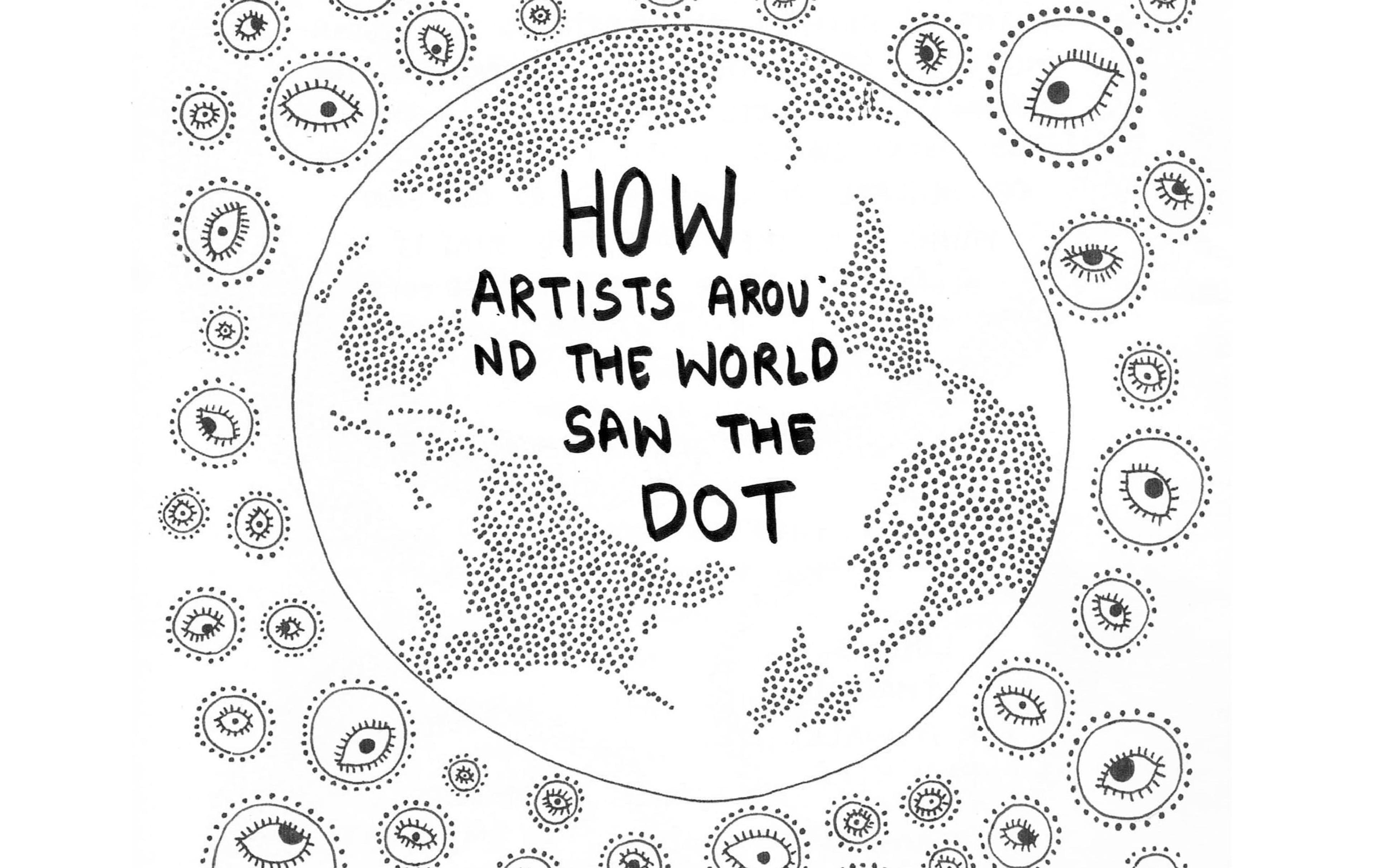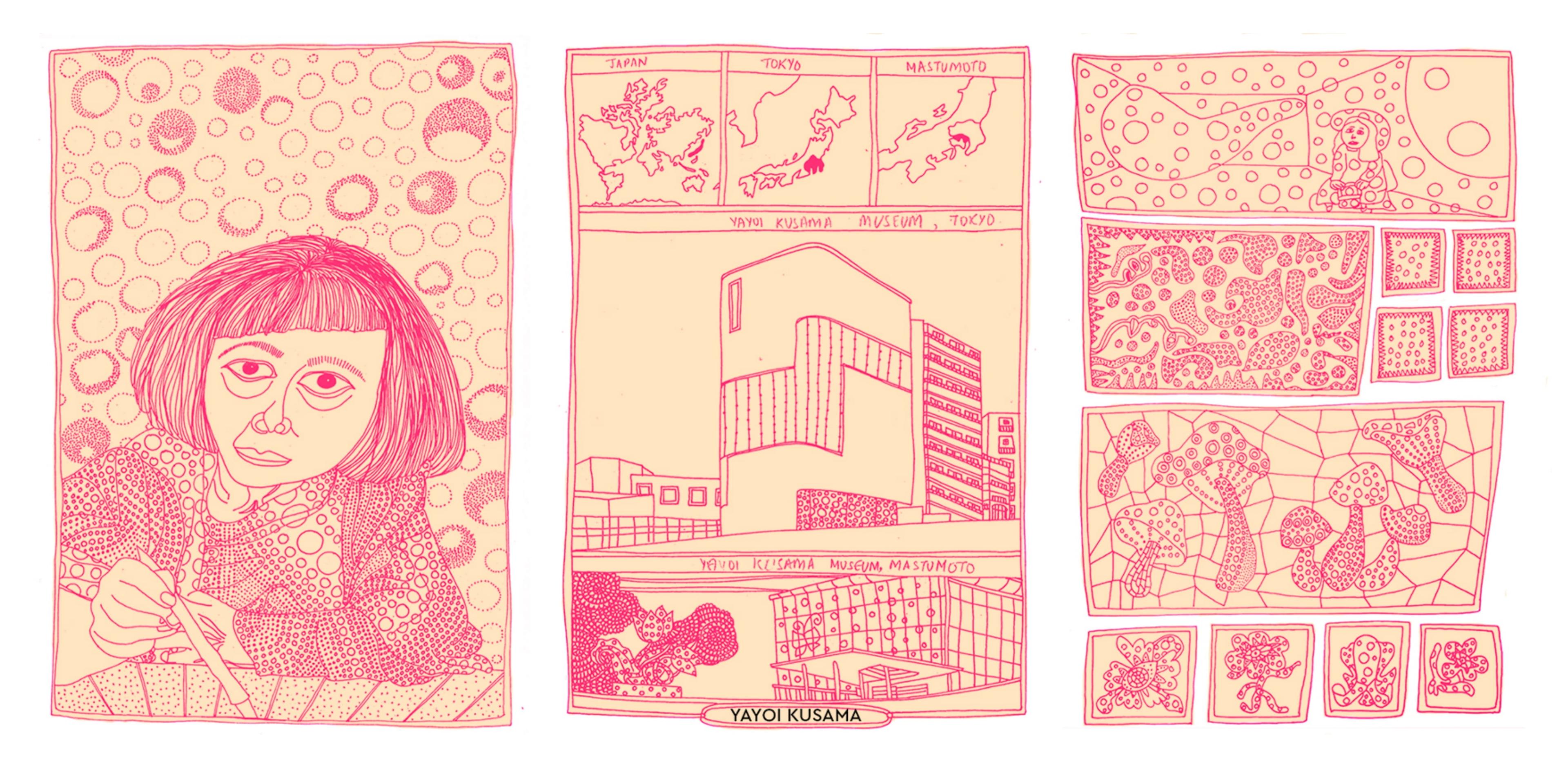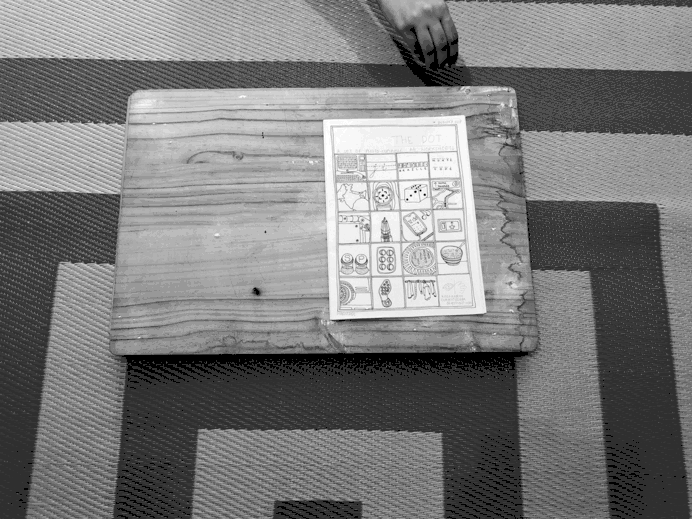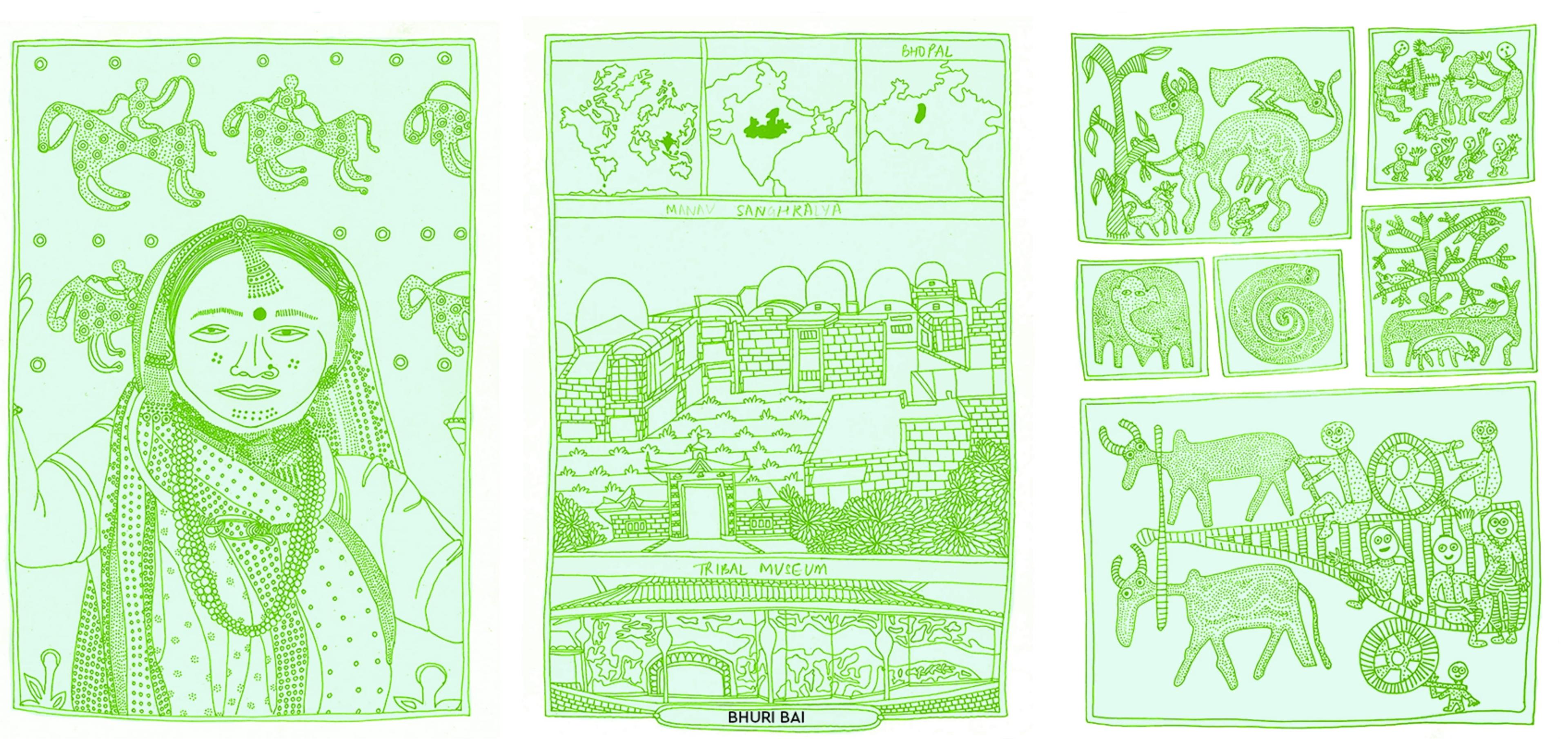A Q&A with Siddhi Gupta about the Kalakarm Curriculum
by Siddhi Gupta, creator of the Kalakarm Curriculum
Our Book of the Month, The Kalakarm Curriculum, is a resource that seeks to “put art in education and education in art.” Created by New Delhi-based communication designer Siddhi Gupta and published by Sold Out Publishing, the resource looks at art from around the world and presents it in a way that is fun and accessible to children. We spoke to Siddhi about how the curriculum came into being and what she hopes it will do.

What is the Kalakarm Curriculum?
It is a low-cost resource that functions as a tool, a book, a magazine and a museum that introduces people, especially children, to art in a way which is democratic. The publication includes simple line drawings. It was designed to be something that children could tear, colour and make their own.
In the first issue, we talk about dots. We look at dots in many different ways, drawing on art from around the world and helping relate this to a child’s own life. So as you're looking at dots from Australian Aboriginal art, you also notice that your eyes have dots, or your skin has many small dots. The idea was to go global and then bring the concept back to the child.

How did the Curriculum come into being?
While finishing my undergraduate degree in Design in India, I would often wonder how my country has so much art, yet people didn’t know anything about it. When I came to London to study, I started volunteering at the House of Illustration and at the V&A. I was amazed to see how everybody around me was interested in art. Museums were fun and exciting places that people enjoyed visiting. I started asking how we could create this interest in my country.
While I was still in London, the Indian government started encouraging teachers in schools to integrate art with other subjects. I got in touch with some teachers in India and learnt that they didn’t know how to move forward with this change. Most schools didn't have art teachers who could help create a curriculum. So, I thought about bringing art to these classrooms by drawing inspiration from museums, ultimately adapting this format into a low cost and accessible publication.

How was The Dot issue of the Curriculum designed?
I’ve always been fascinated by the dot. I absolutely love how so much can be said with just a dot. It can become the world or represent just one individual. We drew inspiration from artists around the world who used the dot to create this issue. I’m from India so I knew about Bhil art, and I chose Bhuri Bai to represent the art form. I was also aware of the parallels between Bhil and Aboriginal arts in Australia. Then there was Yayoi Kusama [from Japan] who was using dots at a different time and in a different way. Over time, people would come to us with suggestions, like Roy Lichtenstein [from the US].

What’s most interesting to me is that the dot doesn’t start with the artist. It starts with the dots around you – the sun, the stars, a seed, a chemical compound, a cell. So I can ask the reader “this is how artists see the dot, but how do you see it?”
Why do art and education go together?
Education allows you to become who you want to be. It's about building awareness about your context and culture, and then connecting it with the world. Art helps you to build this connection. It teaches you how to communicate and express yourself, and then connect with those who understand and appreciate it.